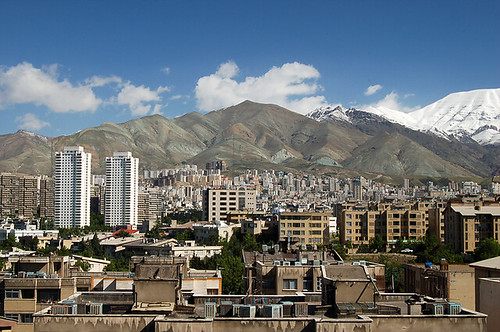by V. Ahmadi, A.I. Che-Ani, H.Farkisch, and M.Surat
The City form consists of some different elements, which have been joined in the functional and spatial form. If these elements have an appropriate spatial organization the strong coherence is created among them. In the traditional urban spaces, most of the times, this spatial regularity among city elements is the result of thoughtful developed urban patterns. Many non-local agents influence on the form of new cities while the forming of traditional urban spaces depends on the morphology of the site, the historical background and the culture of local people. In this way, we were looking for some of the important researches by focus the open spaces and exactly neighborhood centers in Iran. We also choose the analysis literature review for our methodology. All our attention was on two case studies in Iran (Tehran and Shiraz). In this paper, we tried to find ways to evaluate the value of neighborhood centers in the traditional urban for fulfillment to sustainable development urbanism. Urban planners and designers should find out the secret of the traditional cities' sustainability and the factors which make the responsive environment, and think that what the reasons prevent using them in contemporary cities. And then they should find a way to update those factors based on today demands, and design new patterns according to old one.

more about Iranian urbanism and urban planning:
No comments:
Post a Comment